Embedded finance, underpinned by open banking APIs, is a transformative trend in the financial services industry, reshaping how consumers and businesses access financial products. The embedded finance market was already $20 billion in the United States in 2012 and since then it has more than doubled. The integration of financial services into everyday digital interfaces, such as customer loyalty apps, digital wallets, and shopping platforms, makes acquiring financial services a seamless part of daily activities like online shopping or business management.
Table of Contents
What is embedded finance?
Let’s break down these two concepts – “Embedded Finance” and “Open Banking API”
Embedded Finance:
Embedded finance is like adding a financial service into a non-financial app or website. Imagine you’re using an online shopping app, and instead of being redirected to a bank’s website to pay, you can do it directly within the shopping app. That’s embedded finance. It’s not just about payments; it can include other things like offering insurance, loans, or investment services right where you’re already doing something else, like shopping, booking a trip, or managing a business.
Here are some key points:
- Integrated Services: Financial services (like payments, loans, insurance) are offered within a non-financial app or platform.
- Convenience: It makes it easier for you to access these services without having to switch between different apps or websites.
- Everyday Activities: Embedded finance is often found in apps or websites we use daily, like e-commerce sites, ride-sharing apps, or business management tools.
Open Banking API
Open banking API is like a bridge that connects your bank’s services with other apps or services in a safe and controlled way. API stands for “Application Programming Interface,” and it’s a set of rules that allows different software to talk to each other. In open banking, these APIs let other approved companies access your banking information (with your permission) to offer you services.
For example:
- Access to Your Financial Data: If you use a budgeting app, open banking APIs can allow this app to access your banking data (like your transaction history) to help you manage your finances better.
- Safe and Secure: These APIs are designed to be secure, ensuring that your financial data is shared safely and only with your consent.
- Innovation in Financial Services: Open banking APIs can lead to new services, like better loan offers, more efficient payment methods, or personalized financial advice, as different companies can use your banking data to offer tailored services.
In summary, embedded finance is about integrating financial services into everyday apps and platforms for convenience, while open banking APIs are the technical means that allow secure sharing of your banking data with other services, leading to more personalized and varied financial services.
Evolution of Embedded Finance
The evolution of embedded finance has been greatly enabled by the digitization of commerce and the adoption of open-banking innovations, particularly in the European Union, where regulatory support through the revised Directive on Payment Services (PSD2) has been instrumental. PSD2, introduced in 2018, aimed to enhance consumer protection, secure payment schemes, and foster innovative financial products accessible through open banking.
This regulatory push has paved the way for a more customer-centric banking ecosystem, empowering consumers and small businesses with greater control over their financial data.
The potential of embedded finance is vast. According to Deloitte, the fintech industry was worth around $180 billion in 2023 and it is expected to cross $213 billion in 2024. McKinsey estimates that products suitable for offering via embedded finance could account for as much as 50% of banking revenue pools. This expansion is driven by the gradual digitization of customer-onboarding processes, sophisticated real-time risk analytics, and the broadening scope of financial services that can be seamlessly integrated into non-financial platforms.
In the United States, the adoption of open banking has been more market-led, with a significant number of individuals already using open banking services. This number is expected to grow substantially in the near future. Open banking in the U.S. is currently more driven by market forces rather than regulatory mandates, which is a contrast to the EU’s approach. However, initiatives by industry associations and potential new rules by the Consumer Financial Protection Bureau (CFPB) could further accelerate this trend.
Now let’s explore some real-world examples and use cases of embedded finance and open banking applications.
E-Commerce Platforms Offering Financing
Many e-commerce websites now offer instant financing options at checkout. For instance, platforms like Shopify allow merchants to offer their customers options to pay in installments at the point of sale through services like Klarna or Affirm.
This is a form of embedded finance where the financing option is integrated directly into the shopping experience.
Ride-Sharing Apps with Payment Services
Ride-sharing companies like Uber and Lyft have integrated payment systems within their apps. Users can pay for their rides directly through the app without needing to use cash or a separate credit card processor.
Insurance at Point of Sale
Some online travel booking platforms offer travel insurance directly at the point of booking. This seamless integration means customers can purchase insurance coverage tailored to their trip without visiting a separate insurance provider.
Banking-As-A-Service(BaaS) in Non-Financial Apps
Banking as a service is a new phenomenon that is becoming common these days. This is where conventional banks give fintech startups access to their data and services. This allows traditional banks access to more revenue and clients, startups on the other hand can diversify their products at a fraction of the cost.
Some use cases of BaaS include Barclays and Green Dot partnering with Uber to provide in app financial services such as quick loans, rentals and other services to Uber drivers. Another use case is Goldman Sachs collaborating with Apple to introduce the Apple card..
Personal Finance Management Tools
Apps like Empower, Mint or YNAB use open banking APIs to connect to a user’s bank accounts. They aggregate financial data from multiple sources, allowing users to track their spending, set budgets, and manage their finances more effectively.
Payment Initiation Services
Open banking APIs enable third-party payment services to initiate payments directly from a user’s bank account. For example, in the UK and EU, services like Trustly or iDEAL allow customers to make online payments straight from their bank accounts, bypassing traditional card networks.
Account Aggregation Services
Some financial service providers offer account aggregation, where customers can view all their different bank accounts and financial products in one place. This is made possible by open banking APIs that gather data from various banks.
Conclusion
Embedded finance and open banking are not just about enhancing consumer convenience; they also address critical business needs. Open banking APIs, for example, enable banks and financial institutions to access detailed accounting information, providing a clearer view of a business’s health and cash flow. This is particularly crucial in economic downturns, where understanding cash flow can help prevent layoffs and business closures.
Overall, embedded finance and open banking represent a significant shift in the financial landscape, offering new opportunities for innovation, consumer empowerment, and business efficiency. But this is just the beginning. With social media platforms like Meta and X planning to embed payment services as well, the fintech world is in for a roller coaster over the next decade. It is safe to say that two, five or ten years from now, our fintech and social media experience will be completely different from what it is now.

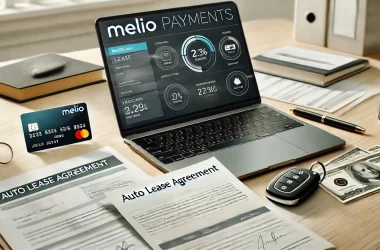


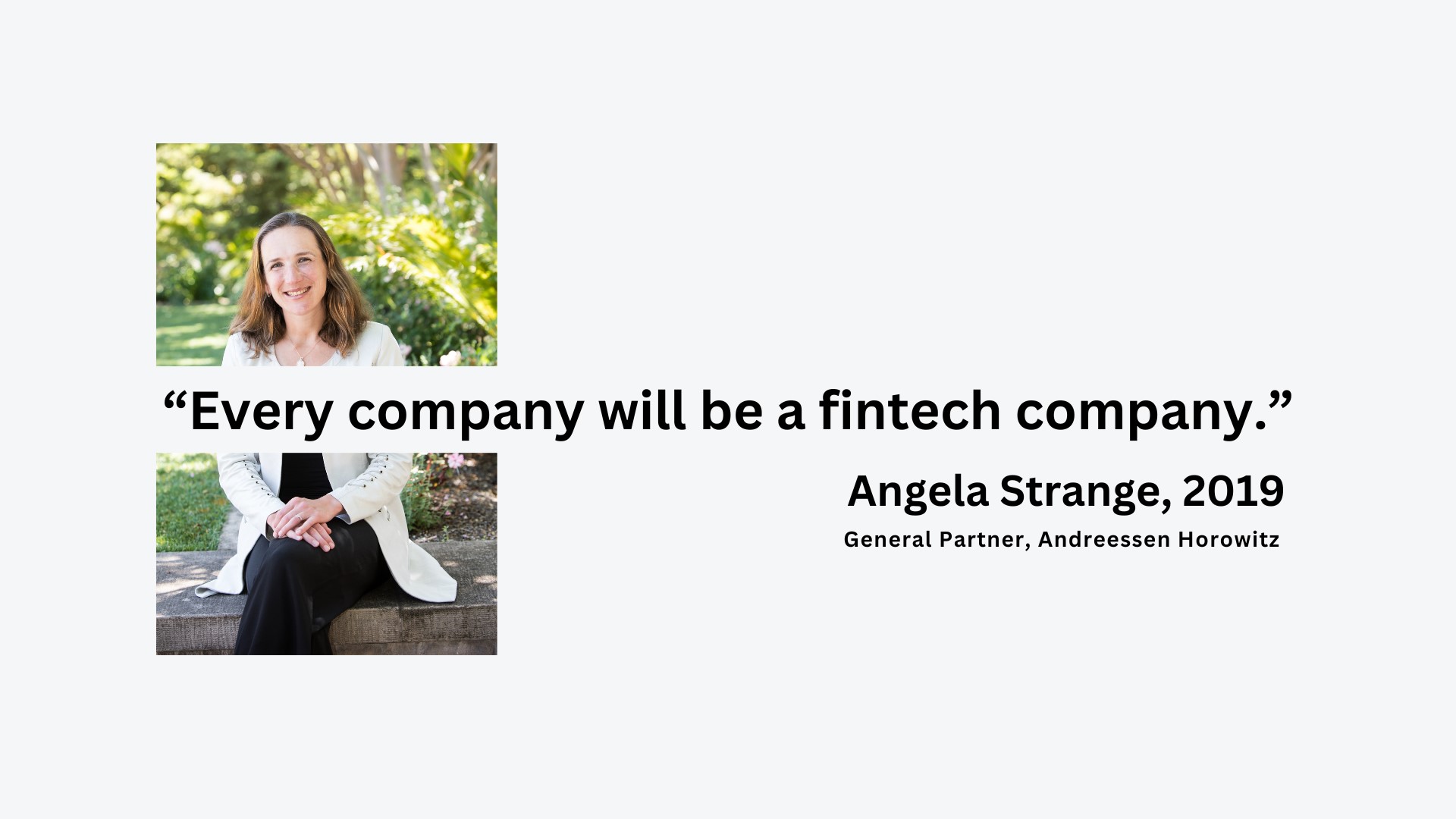
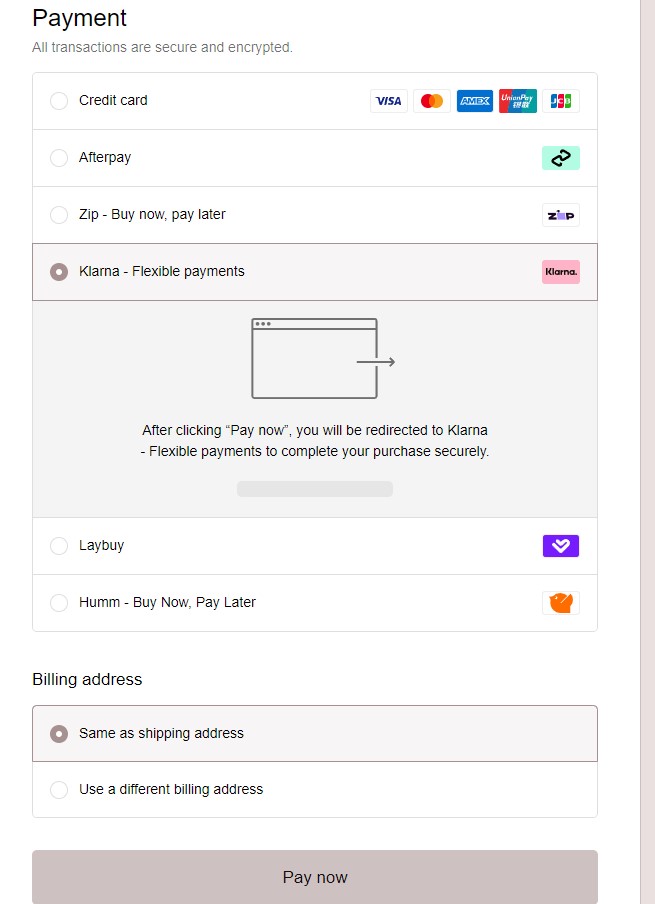
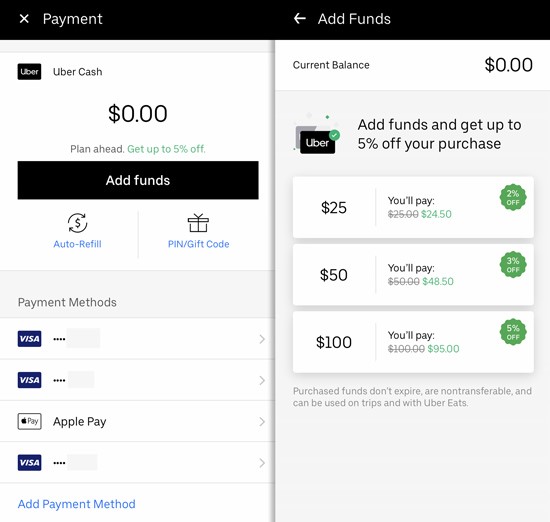
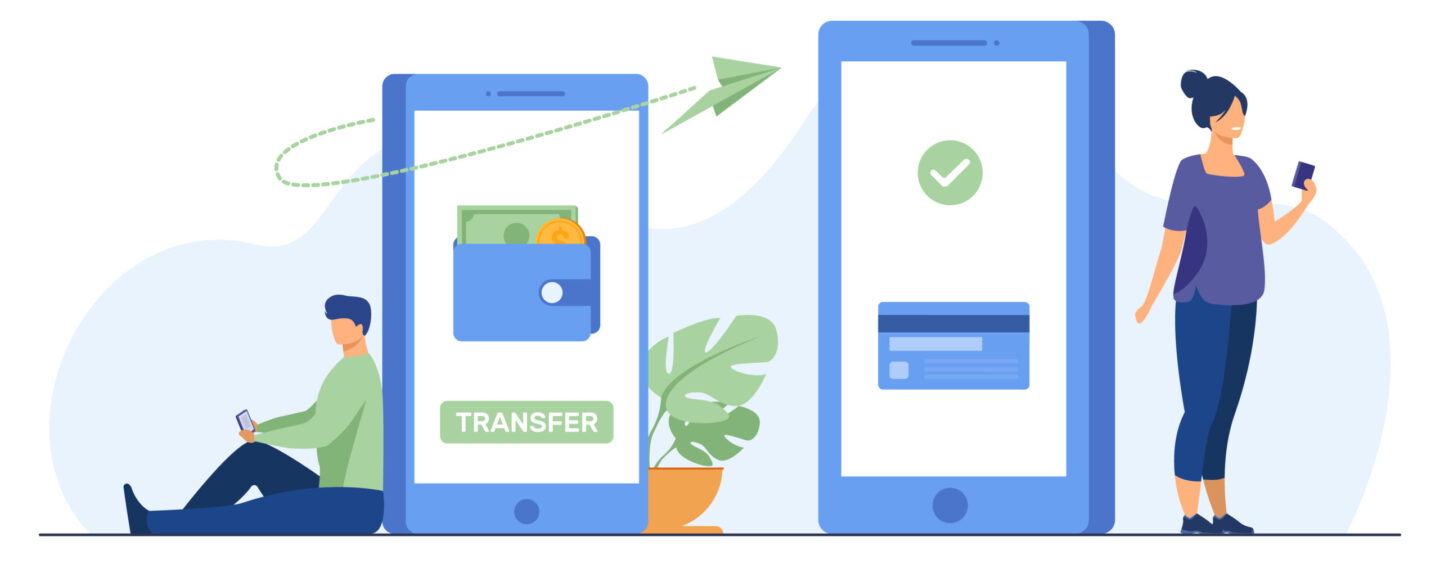



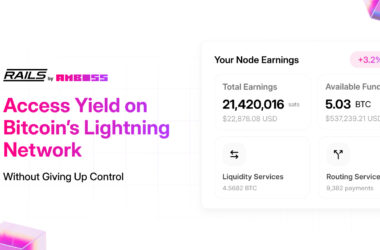
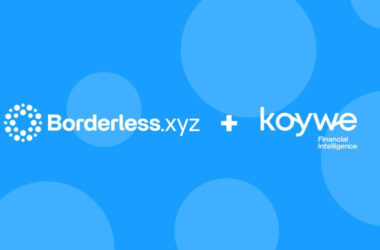

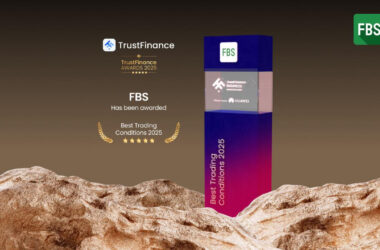





Recent Comments